Amazon Fire TV vs Apple TV - which is better?
Amazon and Apple's streaming boxes battle it out for a space under your TV...
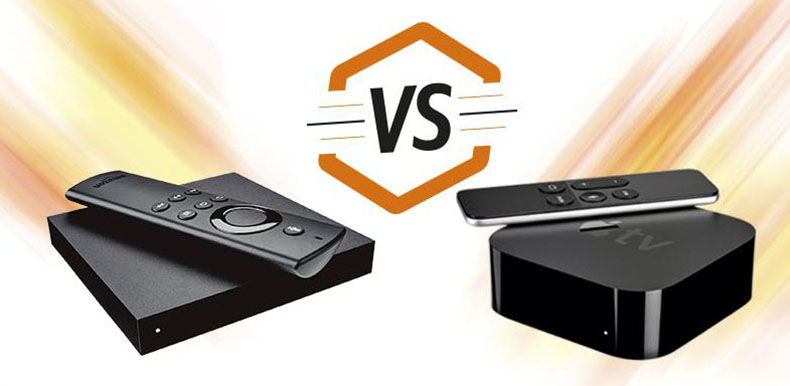
Streaming is all the rage these days, with services such as Netflix, Amazon Prime Video and Now TV all offering a world of films and TV shows on demand. It is an increasingly popular proposition.
If you fancy jumping on the bandwagon, you may want to consider a streaming box, which provides an easy way to add video apps to any TV or home cinema set up.
But which one? We’ve taken two of the biggest names and brought them together: it’s Amazon versus Apple in the ultimate battle for that space under your TV.
MORE: Amazon Fire TV (2015) review
MORE: Apple TV (2015) review
Apple versus Amazon
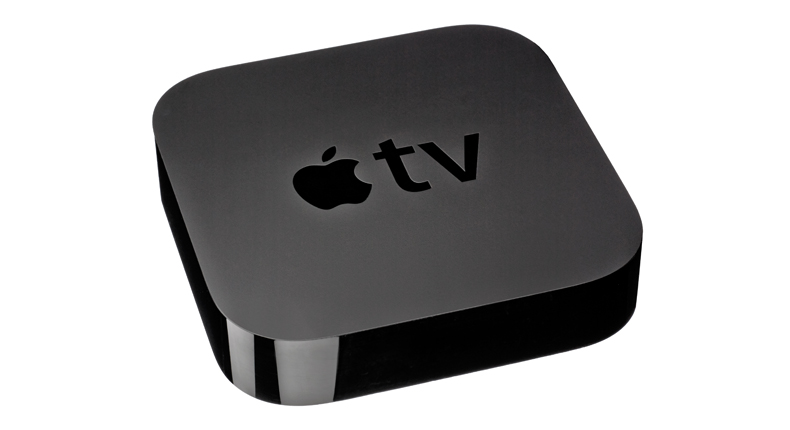
Both are brands of the people. Both are giants in their respective fields. But media streamers are still a fairly fresh territory, and neither company can claim to be experts.
Apple technically has a head start, as this is the fourth generation of its device. Its challenge is to get up to date with contemporary specifications, as older Apple TV boxes were a bit basic.
Get the What Hi-Fi? Newsletter
The latest hi-fi, home cinema and tech news, reviews, buying advice and deals, direct to your inbox.
Amazon only entered the streaming scene in 2014. Its first box was good but struggled to distinguish itself in a crowded market. A year later, the second generation Amazon Fire TV is ready for another fight.
MORE: 7 Apple TV tips, tricks and features
Build and features
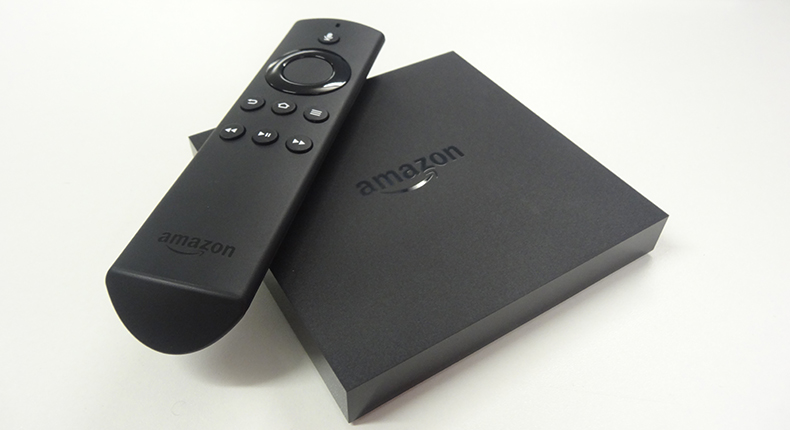
We’ve yet to see a TV box with exciting looks, but these two are photogenic enough not to offend. They’re both unassuming black boxes that will fit under your TV just fine.
The Amazon Fire TV is a flat slab the size of two stacked CD jewel cases. The Apple TV has a smaller footprint and rounder edges, but it stands slightly taller at 3.5cm. Both are well made, and feel sturdy enough to survive being shoved off the rack by an anarchic cat. Although we don’t envisage that happening often.
The Amazon is better connected. Both have HDMI and ethernet (as well as wi-fi and Bluetooth), but the Amazon has a USB port and microSD card slot for expanding storage space, in case you download a lot of apps and games. Apple has a USB-C port but that’s strictly for ‘service and support’.
Neither box features a digital optical output, which is disappointing if you want to feed audio into an external DAC. It’s either HDMI or nothing.
Remote controls
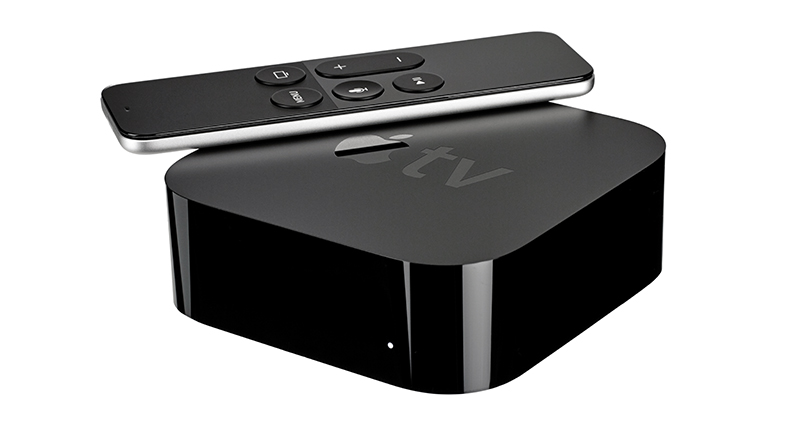
Amazon and Apple have very different attitudes to remote controls. Amazon offers a simple plastic remote with a logical layout and solid buttons. Attractive and ergonomic enough, this will do just fine.
Apple offers a gorgeous slab of aluminium and glass. Just imagine a small iPod and you won’t be far off. Both feature a microphone for voice control, but more on that later.
The Apple may be better for fondling but the Amazon is much nicer to use. Its no-fuss layout makes it easier to pick up and click. Apple’s effort, on the other hand, is too fancy for its own good. It has a touch-sensitive swipe pad, which is all very swish, but it just lacks the precision and tactile satisfaction of some good old buttons. And therefore it gets frustrating rather quickly.
Getting started
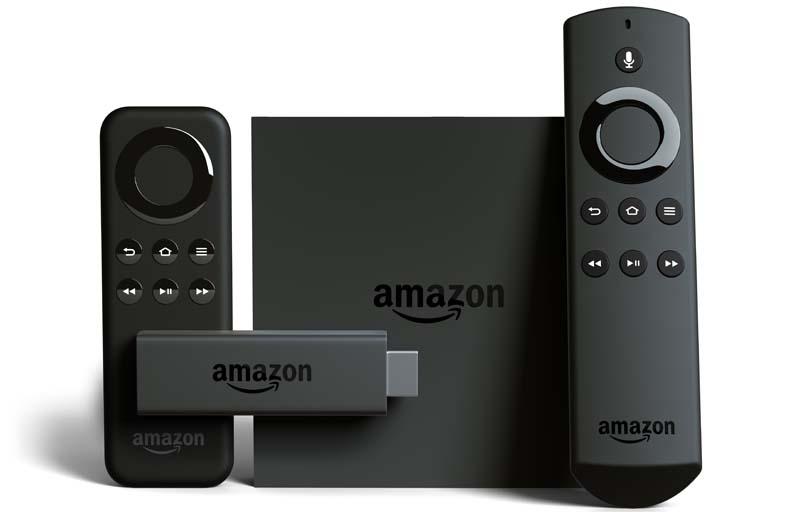
The set-up process also features same fundamental-versus-fancy approach. Amazon offers straight-up logging in, followed by a tutorial video that you can skip. Buy the Fire TV through your own Amazon account and it will even ship pre-registered to save you the hassle of typing.
Apple’s fancy approach? Activate Bluetooth on an iPhone, iPod or iPad running iOS 9.1 and plonk it next to the Apple TV: the two will have a chat and the Apple TV will copy your network and account details.
It’s lovely when it works (most of the time) and far preferable to entering your details manually. That’s because the remote’s imprecision is exacerbated by the baffling decision to ditch a standard on-screen keyboard for letters arranged in a single long line. Typing takes a long time. You will inevitably and repeatedly overshoot the letters you want to select. And end up swearing.
We should note that some people, ourselves included, have had problems setting up the Apple with routers running 5GHz wi-fi with certain BT routers. We got round this by first setting up using a 2.4GHz router, after which 5GHz routers work just fine.
Let's play
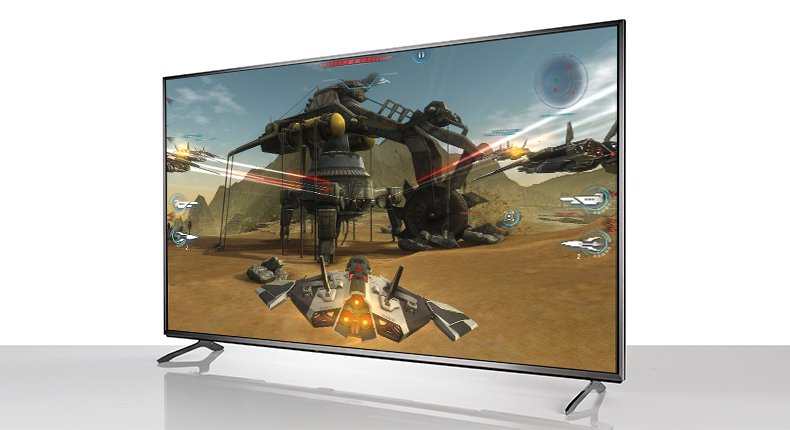
All set up? Then let’s get playing. Navigation is fairly intuitive on both devices. Unsurprisingly, the Apple’s tvOS offers a far more attractive look, with the screen dominated by big, colourful tiles. Anyone who has ever used an iPad or iPhone will feel right at home. The Amazon’s interface is busier but more utilitarian, with menus on the left and tiles on the right.
Naturally, both companies are inclined to steer you towards their own content before you consider anything from third parties. The Apple TV has a permanent carousel, fixed to the top of the page, dedicated to displaying things you can buy or rent from iTunes. The same applies to Amazon, where the top two menu options (‘Movies’ and ‘TV’) apply only to Amazon Prime Instant Video.
It’s worth pointing out that while Amazon Prime members can treat this rather like an all-you-can-eat buffet, iTunes operates purely on a purchase and rental system.
MORE: Amazon Prime Video review
Content
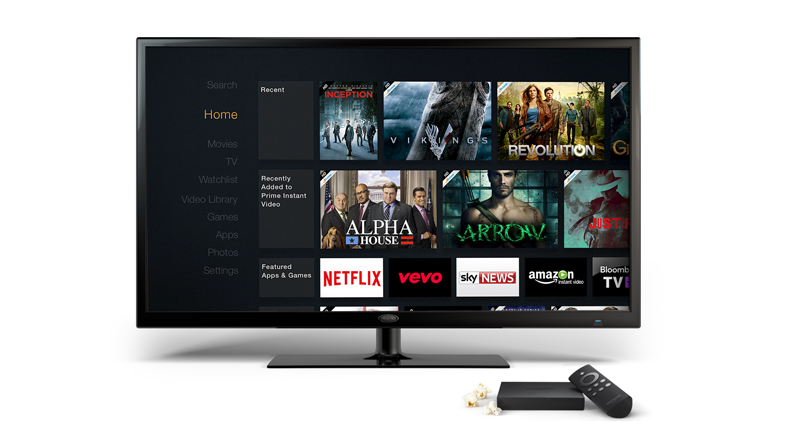
What about third-party content? Amazon has a much bigger selection of key subscription and free catch-up apps. You get Netflix, Curzon Home Cinema, BBC iPlayer, ITV Player, All 4 (formerly 4OD), and Demand 5. In contrast, Apple is rather limited, with its highlights being only Netflix, Now TV and BBC iPlayer.
There are also some games. Both devices make credible stabs at being a games console, although nobody will see them as a legitimate threat to the likes of Xbox and PlayStation.
Most of the titles are simple affairs (such as Angry Birds) that work with the remote control alone. Some of the more advanced titles require Bluetooth control pads, sold separately. They won’t sustain anybody with a serious gaming habit, but children should be entertained just fine.
MORE: Amazon Prime Video vs Netflix - which is better?
Voice command
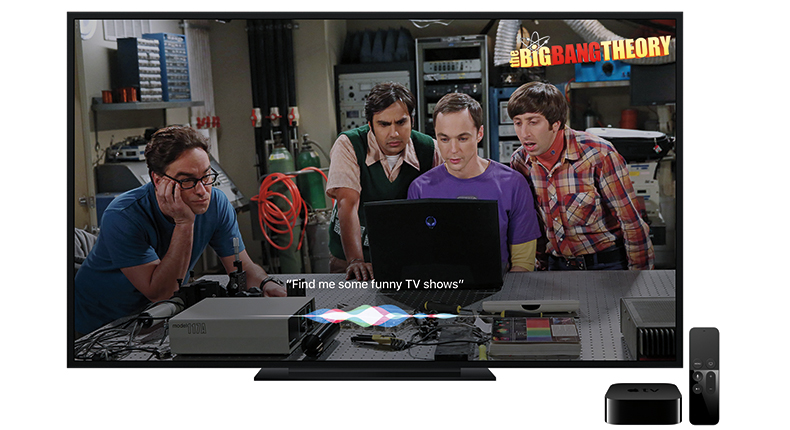
It seems that voice interaction will be with us for a while – both devices make use of it. Both remotes have a voice command button: press this and speak into the microphone.
Voice recognition is impressive on both devices. Our standard test is to mutter ‘Chiwetel Ejiofor’ and see what happens. Both understood this search term and brought up the actor’s films.
On the Amazon, this search applies to Amazon Video only. This is one area where the Apple wins hands down: its search is universal. Mention ‘Fargo’ and it will tell you the title is available on Netflix and iTunes. This intelligent voice assistant is actually Siri, whom you may have met if you own an iPhone or iPad. It is also smart enough to tell you about the weather, if you ask nicely.
Siri does draw the line at playing you music on command, which seems odd given all the hoopla over Apple Music. You’ll have to manually select any songs you bought on iTunes. Apple also offers AirPlay, which lets you stream from a phone or computer – as long as you’re using an iOS or Mac device, or a computer running iTunes.
The Amazon can do music too, with Amazon Prime Music streaming included in Prime subscriptions.
MORE: Apple Music vs Spotify - which is better?
Performance
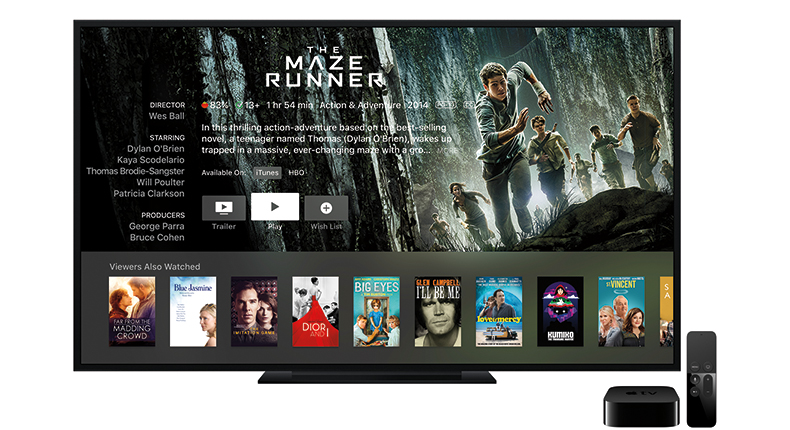
The Amazon wins this round easily. Both boxes offer surround sound up to 7.1 channels, depending on content, but while Apple’s video resolution goes up to Full HD 1080p at 60Hz, the Amazon offers Ultra High Definition (at 30fps).
You’ll need a 4K TV to make use of the extra resolution, but given one of those displays the Amazon’s picture is noticeably clearer and better defined.
Of course, this does depend a lot on the speed and reliability of your internet connection. Amazon says you need a minimum of 15mbps to make full use of its 4K programming. But besides the resolution, there’s not a huge amount of difference between the streaming boxes. With both, you will get a commendable picture that’s almost up to Blu-ray standards of subtlety and dynamism.
What really separates the two is operational speed. The Amazon is easily the fastest box we’ve seen. We didn’t experience a single loading screen. It keeps up with the sort of rapid-fire button-presses you use when you’re trying to scroll through a list.
If anything it’s a little too fast and ends up feeling a little jerky. The Apple, on the other hand, takes its sweet time. Menus are fine, but load some video and you’ll get it when the box is good and ready.
MORE: How to watch 4K video online and on TV
Verdict
This is an easy win for the Amazon Fire TV. Its ease of use, its high speed, lower price and wealth of content all score major points over the Apple TV. And that’s before we even get to the Amazon’s UHD video.
The Amazon Fire TV is hot stuff indeed, and Apple just got burned.
What Hi-Fi?, founded in 1976, is the world's leading independent guide to buying and owning hi-fi and home entertainment products. Our comprehensive tests help you buy the very best for your money, with our advice sections giving you step-by-step information on how to get even more from your music and movies. Everything is tested by our dedicated team of in-house reviewers in our custom-built test rooms in London, Reading and Bath. Our coveted five-star rating and Awards are recognised all over the world as the ultimate seal of approval, so you can buy with absolute confidence.

